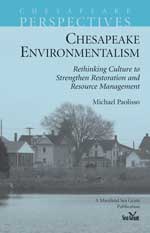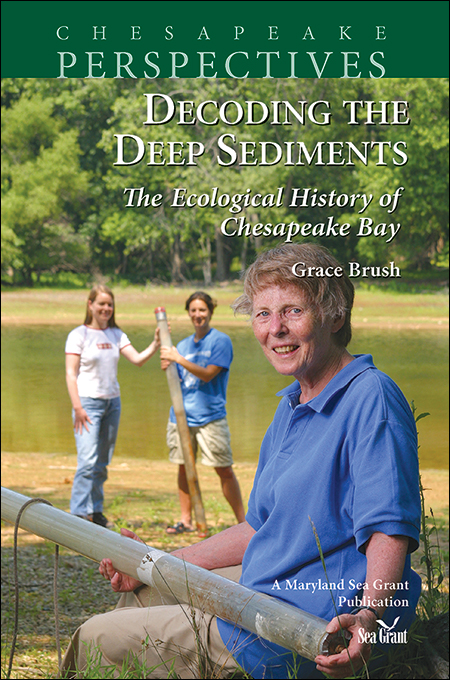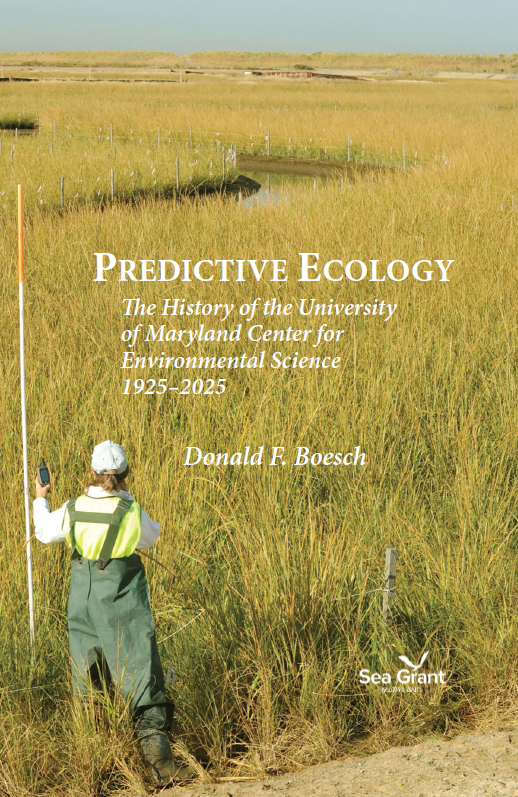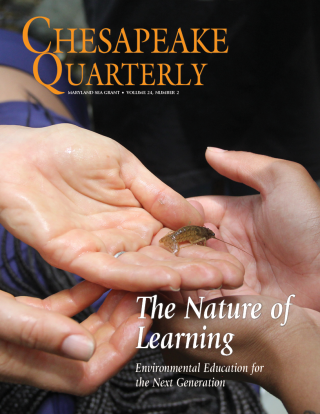Knauss legislative fellowships in Congress help build careers — and they're fun and educational. See our video and fact sheet for details.
Ecosystems and Restoration
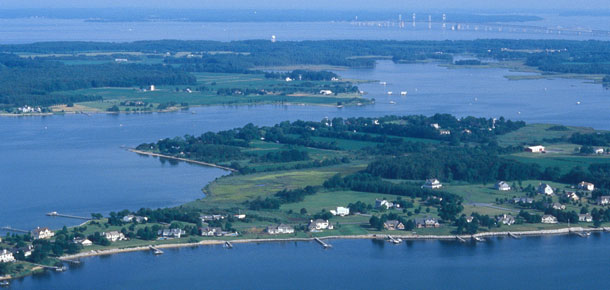
The Chesapeake Bay is a productive and unique ecosystem, home to complex networks of animals, plants, and other organisms that have lived here for millennia. Woven into this tapestry are human communities, some of which can trace back their histories hundreds of years.
Intricate interactions among species, their environments, and people determine the long-term success of this estuary. But in recent decades, the ecosystem has deteriorated, and much of the decline is associated with human activities and population growth.
Science to Understand the Ecosystem
Maryland Sea Grant supports scientific research to advance knowledge that can help conserve the Bay’s sensitive ecosystem and preserve sustainable uses by humans, such as fishing. We fund research about a variety of ecosystem dynamics relevant to restoring the Bay:
- Pollution and water quality: Land development, farming, sewage treatment, and other human activities deliver excess nutrients to the Bay. Nitrogen and phosphorus have fouled the water and harmed plants and animals. Read more about our work to help communities improve the quality of their waterways and reduce their excess nutrients.
- Stressed fisheries: Because of fishing pressure, oyster diseases, and degraded water quality, the Bay’s native population of oysters has been devastated, and the sustainability of other commercial species remains a concern. Discover more about the Bay’s iconic commercial fish species.
- Rising sea level and climate change: Warming, rising waters in the Bay associated with climate change will flood marshes, disrupting their vital ecological services, and alter other aspects of the ecosystem. Read about how climate change is affecting marsh plants.
- Resilience and thresholds: Due to human activities, the Chesapeake may have entered into an “alternative steady state,” scientists say -- in which harmful blooms of algae now dominate in areas where diverse fish, plants, and other big organisms were once common. Such changes, bad or good, can happen fast and persist once an ecosystem has crossed an ecological threshold. Learn more.
- Food webs: Explore our interactive graphics illustrating the Bay’s food chains that connect microscopic algae to big fish and, eventually, to humans. Learn more.
- Aquatic invasive species: Non-native species, such as Phragmites reeds from Europe, are invading many local habitats. They’ve displaced native species that are critical to the health of the Bay’s ecosystems. Find out more.
- Seagrass beds: Underwater grasses on the Bay’s bottom have disappeared, causing wide impacts to local water quality and fish populations. Find out more about why these plants are so important to the Bay and how they’re threatened. Learn more.
- Cities on the Bay: The Baltimore and Washington, D.C., metropolitan areas have major effects on the Bay’s ecosystem – and residents there have important roles to play in its cleanup. Read articles in Chesapeake Quarterly, Maryland Sea Grant’s magazine, about urban stormwater problems and solutions.
- Go deeper: Read facts and figures about the Chesapeake Bay and the benefits it provides to people.
Science to Inform Management of Natural Resources
- Ecosystem-based fisheries management: A new approach to fisheries management considers the entire ecosystem, not one fish species at a time.
- TMDL process: A multi-state effort is underway to clean up the Bay. Find resources to help your community meet its water-quality standards (called ‘Total Maximum Daily Loads’ or TMDLs.)
- Land-use planning: Smart planning can help your community live sustainably within the Bay watershed.
Maryland Sea Grant Extension specialists and agents are actively working with communities, industry, and watermen on many of these issues.
View these videos by Maryland Sea Grant
Breathing Lessons for the Chesapeake Bay
Three decades ago, scientists working on Maryland's Patuxent River showed how sewage discharges robbed the river of oxygen, creating dead zones that can kill fish and crabs. Their discoveries set the stage for the current campaign to clean up the Chesapeake Bay.
The Corsica River: Taking on the Challenges of Restoration
The Corsica River on Maryland's Eastern Shore is a little waterway with big problems. But it also has been the site of one of the most intensive restoration efforts ever mounted in the Chesapeake watershed. Take a tour with some of the Corsica's champions to learn about efforts on the ground.
